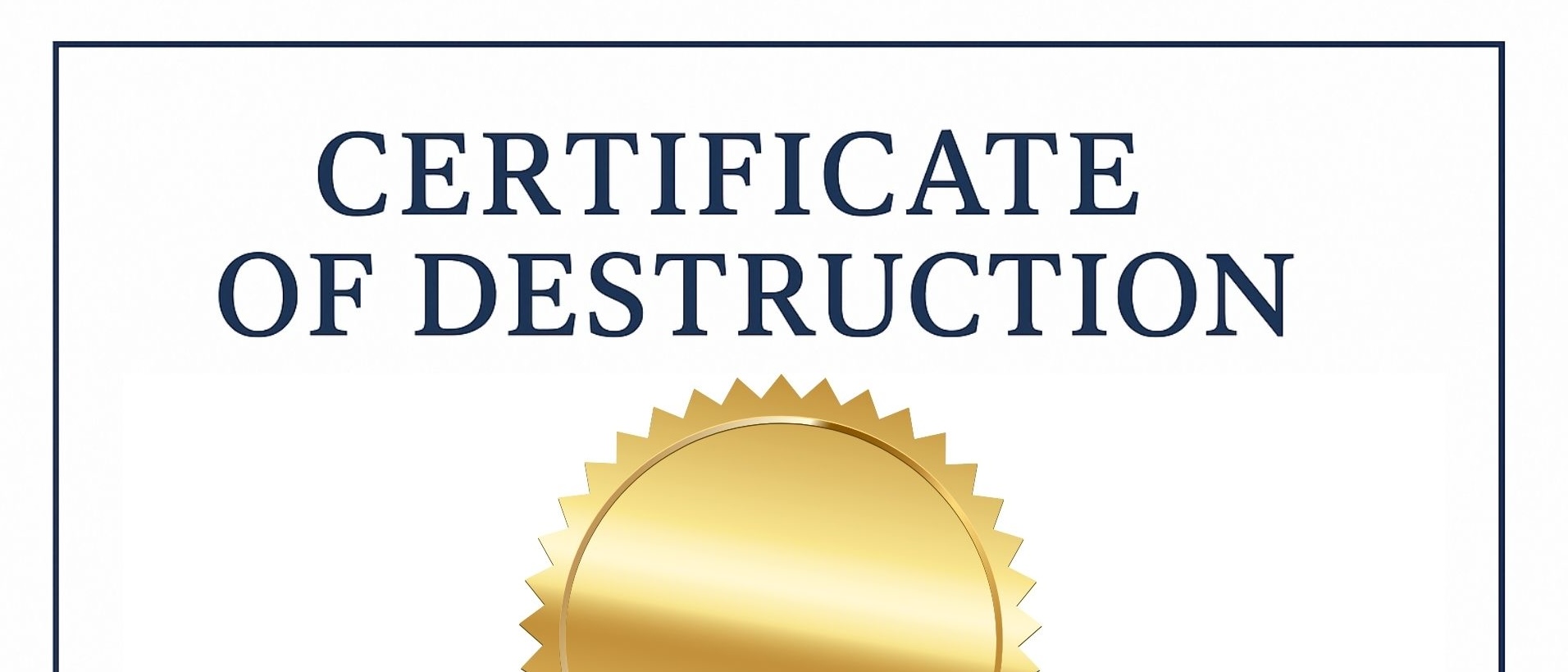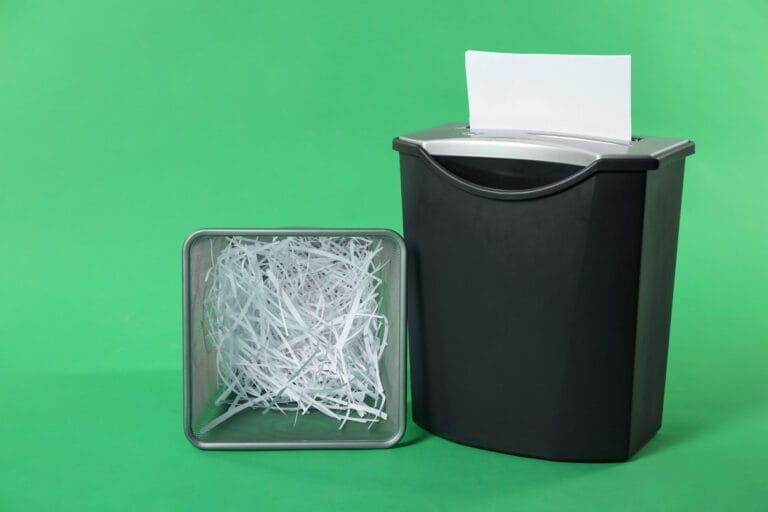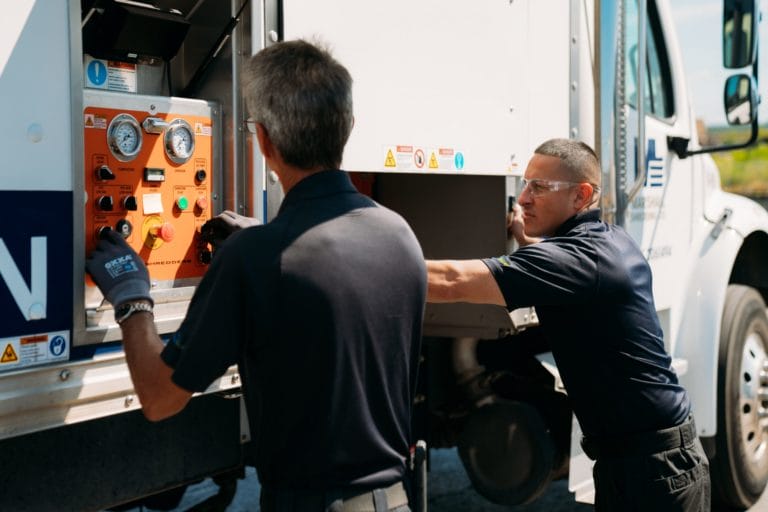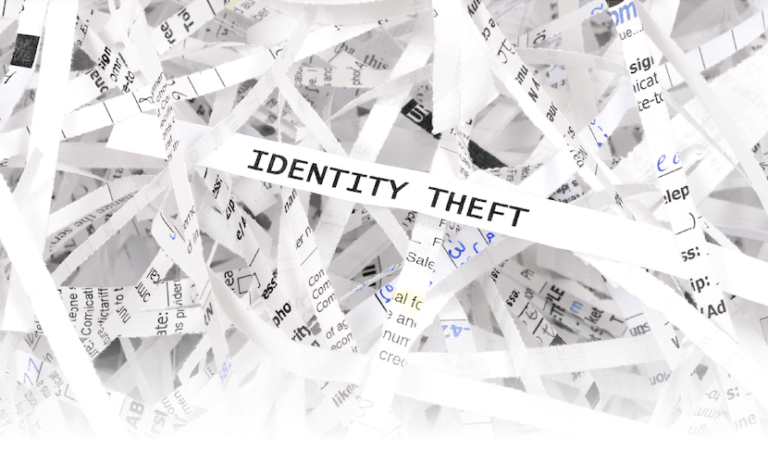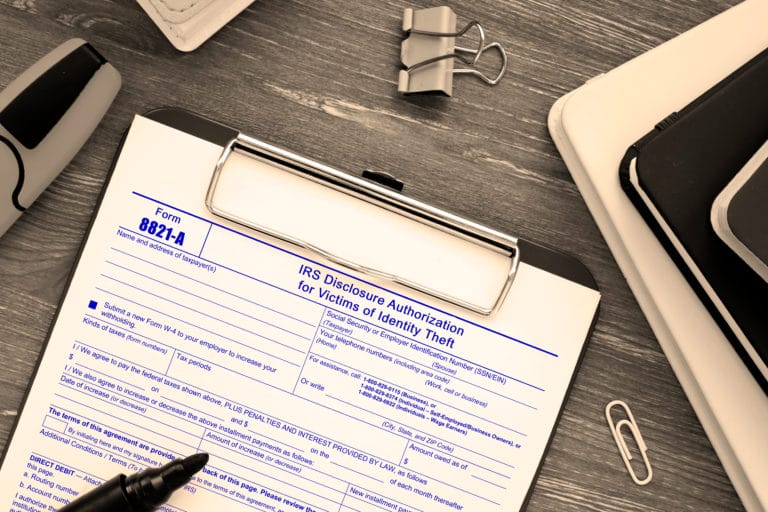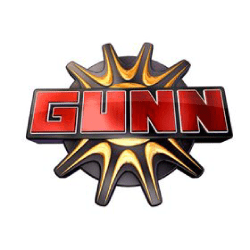Beyond the Shredder: The Legal Necessity of a Certificate of Destruction
When you decide it’s time to get rid of old records, you don’t just toss them in the trash. You shred them. But, secure shredding alone isn’t enough to fully protect you or your business. You need the single most important document in the data destruction process: the Certificate of Destruction (COD).
At Marshall Shredding, we don’t just offer Health Insurance Portability and Accountability Act (HIPAA)-compliant shredding. We provide the verifiable legal proof you need to safeguard your business. Let’s break down why this piece of paper is a critical part of your legal and compliance strategy.
What is a Certificate of Destruction?
Simply put, a Certificate of Destruction is a formal, legal document issued by a professional shredding service, such as Marshall Shredding, which verifies that your confidential materials have been completely and irreversibly destroyed.
Think of it as a receipt, but instead of proving you bought something, it proves you properly disposed of something. It’s your final record that the documents, media, or other sensitive materials you handed over are gone forever.
The internal policies, regulators, or contracts of many organizations require a COD. And, for businesses handling everything from employee records to customer data, this isn’t just paperwork. It’s your legal shield.
What a Good Certificate of Destruction Should Include
Not all CODs are created equal. At a minimum, look for the following items on the COD:
- Date and time of destruction,
- Location where destruction occurred (on-site at your premises or at the vendor’s secure facility),
- Detailed description of items destroyed (boxes of documents, hard drives, tapes, plus approximate weight or number of boxes is helpful),
- Method of destruction (cross-cut shredding, pulverization, degaussing, physical destruction),
- Chain-of-custody details (who picked up the material, transport manifest, locked consoles),
- Signatures from an authorized representative of the destruction vendor (and, optionally, your witness),
- Vendor credentials listed (business name, license number where applicable, and whether the vendor holds a recognized industry certification), and
- A statement of compliance (e.g., “materials were destroyed to industry-standard methods and rendered unreadable”).
Keeping the original COD in your compliance folder creates an audit trail that’s far more robust than a vendor invoice alone.
How Certificates of Destruction Protect Your Business
For businesses in industries like healthcare, finance, or any organization handling Personally Identifiable Information (PII), the COD is a vital asset in three main areas:
1. Proof of Regulatory Compliance
Federal and state laws require businesses to protect sensitive information throughout its entire lifecycle, including disposal. A Certificate of Destruction is your auditable proof that you followed the required steps to destroy data securely. And, when disposal is questioned (through an audit, an incident, or a lawsuit), a Certificate of Destruction is often the single most useful piece of evidence you can produce.
Key federal/legal anchors:
- The Federal Trade Commission’s Disposal Rule (part of FACTA guidance) requires proper disposal of consumer report information and records to prevent unauthorized access or use. Burning, pulverizing, or shredding so the information cannot be read or reconstructed are examples of acceptable methods. A COD documents that you met that standard.
- Financial institutions must comply with the Gramm-Leach-Bliley Act (GLBA) Safeguards Rule and related guidance. Those rules mandate covered entities to include secure disposal in their information-security programs. A reliable COD supports GLBA vendor due diligence and audit trails.
- Healthcare organizations covered by the HIPAA must apply appropriate safeguards when disposing of Protected Health Information (PHI) and retain certain documentation for audits and enforcement. A COD documenting secure destruction of PHI helps demonstrate reasonable safeguards were used.
Because federal rules interact with state law, your disposal practice should satisfy both federal standards and state-specific requirements.
2. Liability Protection and Due Diligence
In the unfortunate event of a data breach, identity theft, or a lawsuit concerning lost information, your Certificate of Destruction acts as your most powerful legal defense.
It allows you to successfully argue “due diligence,” meaning you took every reasonable and necessary step to prevent the information from falling into the wrong hands. The COD shifts the liability away from your organization and onto the professional shredding vendor if a breach were to occur after the document was picked up.
3. Maintaining an Unbroken Chain of Custody
A COD formalizes the secure transfer and destruction process known as the Chain of Custody. This audit trail becomes invaluable when:
- Responding to regulatory inquiries,
- Demonstrating compliance during certification processes (like ISO 27001),
- Defending against privacy violation claims, and
- Meeting insurance requirements for data breach coverage.
Many businesses don’t realize that some insurance policies specifically require documented destruction procedures. Your Certificate of Destruction might be the document that activates your coverage rather than voiding it.
What Makes a Certificate Legally Valid?
Not all Certificates of Destruction carry the same weight. Legally defensible certificates include:
- NAID AAA Certification verification: The National Association for Information Destruction’s highest security rating ensures the destruction service meets rigorous standards.
- Specific destruction details: Vague certificates, which include phrases like “documents destroyed on X date,” lack the specificity needed for legal protection. Detailed descriptions matter.
- Authorized signatures: Certificates must be signed by trained, verified personnel, not just anyone with access to company letterhead.
- Tracking numbers: Unique identifiers allow you to cross-reference certificates with service records if questions arise years later.
- Method specifications: Whether materials were cross-cut shred, pulverized, or incinerated should be documented, as different regulations require different destruction methods.
How Long Should You Keep Certificates of Destruction?
The answer depends on your industry and the materials destroyed, but here’s a general framework for businesses:
- Employee records: Retain certificates for at least seven years after destruction
- Financial documents: Keep for seven years (matching IRS audit windows)
- Healthcare records: Minimum six years under HIPAA
- Legal documents: Follow your jurisdiction’s statute of limitations for relevant claims
Many businesses follow a simple rule: Keep certificates at least as long as you would have kept the original documents. This ensures your proof of proper destruction outlasts any potential claims.
The Cost of Not Having Certificates of Destruction
Consider the real consequences businesses have faced without proper destruction documentation:
- Regulatory fines for HIPAA violations can reach $50,000 per incident, with annual maximums of $1.5 million per violation category.
- FACTA violations carry penalties up to $3,500 per violation.
- A single audit without proper certificates can trigger penalties that dwarf the cost of professional shredding services.
Beyond fines, there’s reputational damage. When businesses cannot prove proper data handling, customer trust evaporates. In a market where data privacy concerns influence purchasing decisions, this can be devastating.
Choosing the Right Shredding Partner
Not all shredding services provide legally adequate Certificates of Destruction. When selecting a provider, businesses should verify:
- NAID AAA Certification for the highest security standards,
- Detailed certificate formats that meet regulatory requirements,
- Proper insurance coverage for the destruction process,
- Flexible on-site and off-site shredding options,
- Clear chain of custody (locked consoles, sealed containers, transport manifest),
- Local service for convenient, regular destruction schedules, and
- Understanding of state-specific regulatory requirements.
Don’t Settle for Just Shredding
Certificates of Destruction are not optional paperwork. They’re legal necessities that protect your business from regulatory penalties, litigation risks, and compliance failures. For businesses navigating complex federal and state privacy requirements, these certificates provide essential evidence that you take data protection seriously.
The investment in professional shredding services that provide detailed Certificates of Destruction is minimal compared to the cost of a single compliance violation or data breach lawsuit. When you consider that certificates serve as your first line of defense in audits and legal proceedings, they’re not just important; they’re indispensable.
Whether you’re a healthcare provider handling patient records, a financial institution managing customer data, or a business with employee files and proprietary information, your Certificate of Destruction is proof that you did the right thing. And in legal terms, being able to prove you did the right thing is everything.
Ready to ensure your business has the legal protection it needs? Marshall Shredding provides secure document destruction with comprehensive Certificates of Destruction that meet all federal and state regulatory requirements. Contact us today for your shredding and Certificate of Destruction.
Disclaimer: This article is informational and not legal advice. For legal interpretation about specific regulations, retention periods, or litigation strategy, consult qualified legal counsel.

